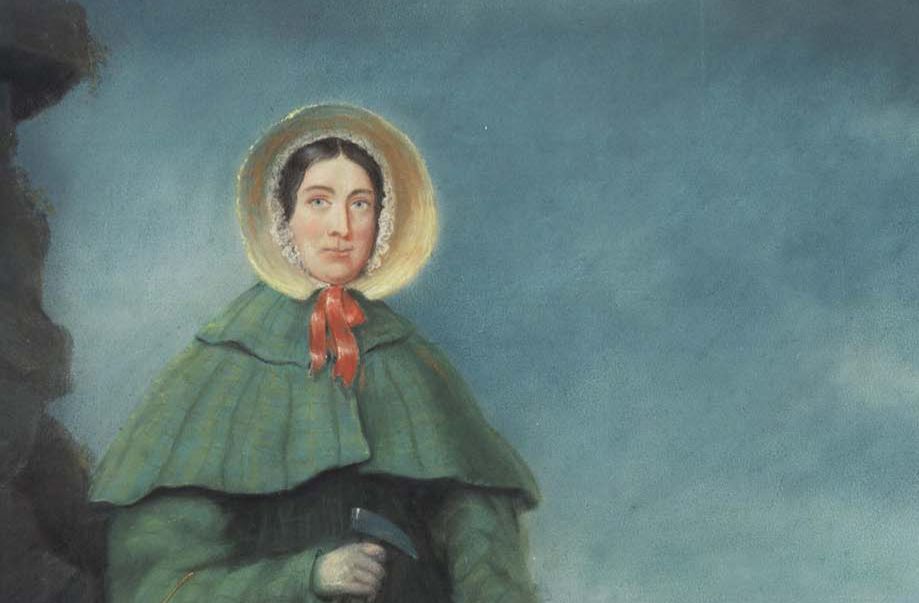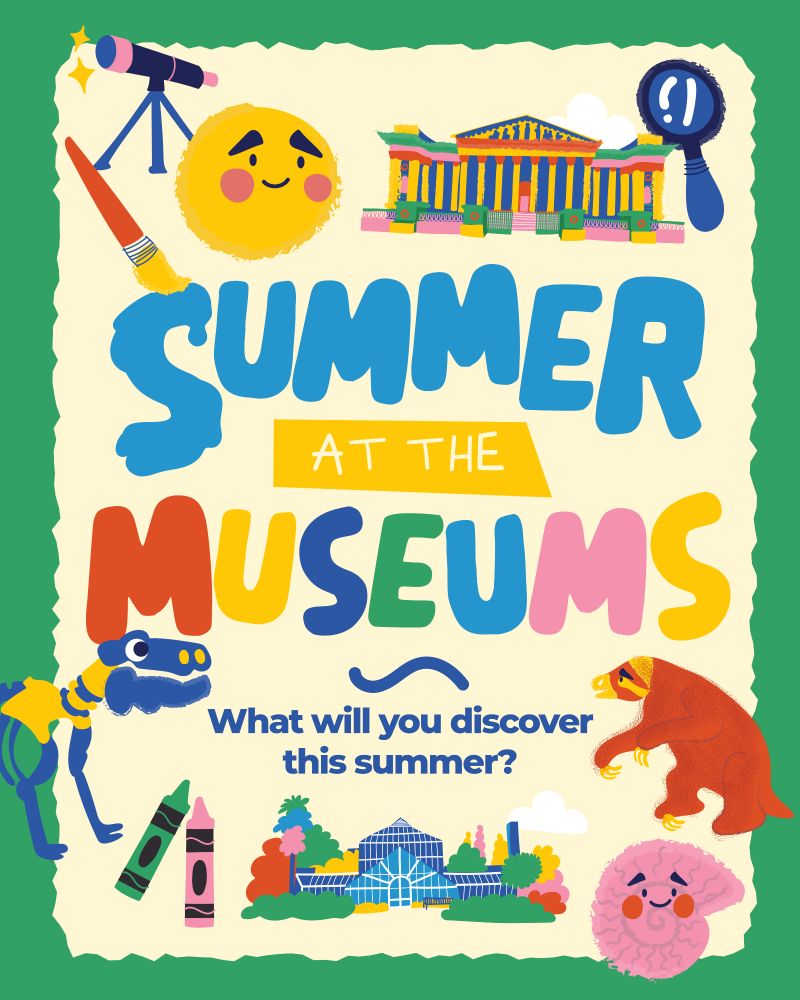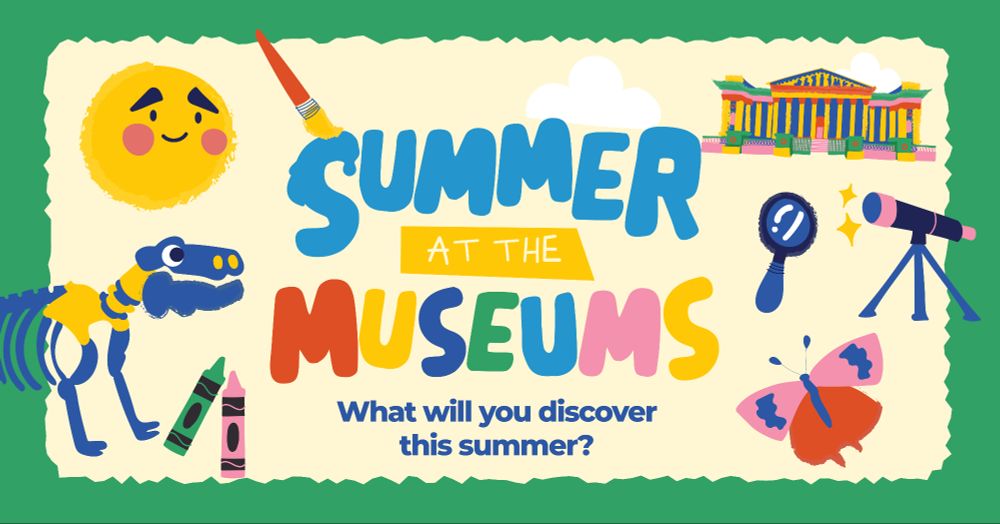
sedgwickmuseum.cam.ac.uk
Free, 18+ evening event.
Thursday 20th November, 6-9pm
Delve into our work behind the scenes. Featuring @jackdashby.bsky.social ‘in conversation’ as we discuss his book ‘Nature’s Memory, Behind The Scenes at the World’s Natural History Museums’.


Free, 18+ evening event.
Thursday 20th November, 6-9pm
Delve into our work behind the scenes. Featuring @jackdashby.bsky.social ‘in conversation’ as we discuss his book ‘Nature’s Memory, Behind The Scenes at the World’s Natural History Museums’.
This Thursday, the fabulous @sedgwickmuseum.bsky.social opens late for "Behind the Scenes Uncovered" - alongside a bunch of cool activities, I'll be doing an "in-conversation" about my book #NaturesMemory.
www.eventbrite.co.uk/e/sedgwick-m...

This Thursday, the fabulous @sedgwickmuseum.bsky.social opens late for "Behind the Scenes Uncovered" - alongside a bunch of cool activities, I'll be doing an "in-conversation" about my book #NaturesMemory.
www.eventbrite.co.uk/e/sedgwick-m...





Keen to contribute to delivering a high quality service to archive users, and a great communicator?
This role could be for you.
Further information:
www.cam.ac.uk/jobs/archive...


Keen to contribute to delivering a high quality service to archive users, and a great communicator?
This role could be for you.
Further information:
www.cam.ac.uk/jobs/archive...



![Extract of a letter from Mary Anning to Adam Sedgwick: [I] 'trust you will be gratified with the Ichthyosaurus when you see it - I directed it to Professor Sedgwick Geological Society Somerset House'.](https://cdn.bsky.app/img/feed_thumbnail/plain/did:plc:vcl75pfg74dsskrzvynq5rez/bafkreielr3rwea5skxp4iqs5fd6bapiccsv7nt2tuja576qlose7uibcjm@jpeg)

Biotite is a silicate mineral which is usually found in igneous or metamorphic rocks and commonly black or dark green in colour. It is a mica mineral which gives it the characteristic property of fracturing into fine, flexible sheets.
#Biotite #SedgwickMuseum


Biotite is a silicate mineral which is usually found in igneous or metamorphic rocks and commonly black or dark green in colour. It is a mica mineral which gives it the characteristic property of fracturing into fine, flexible sheets.
#Biotite #SedgwickMuseum
☀️🔎🔭🎨💎🦖
Check out our full summer events calendar online from today!
Browse all events and book your place: museums.cam.ac.uk/theme/summer

☀️🔎🔭🎨💎🦖
Check out our full summer events calendar online from today!
Browse all events and book your place: museums.cam.ac.uk/theme/summer
Commonly known as a scallop, this shell belongs to the Pectinidae family.
This fossil is approximately 3 million years old but Pecten maximus can still be found along the English coast today.
#Pectinidae #Bivalve #SedgwickMuseum


Commonly known as a scallop, this shell belongs to the Pectinidae family.
This fossil is approximately 3 million years old but Pecten maximus can still be found along the English coast today.
#Pectinidae #Bivalve #SedgwickMuseum
Enjoy a great value day out with your family at local museums this summer. Join us to spark your imagination, explore big topics and enjoy time together.
Sign up to hear when the full events calendar launches: bit.ly/SummerAtTheMuseums

Enjoy a great value day out with your family at local museums this summer. Join us to spark your imagination, explore big topics and enjoy time together.
Sign up to hear when the full events calendar launches: bit.ly/SummerAtTheMuseums
Thank you to everyone who attended the event and contributed to our collaborative artwork.
#PrideMonth #RockUpAndChill #QueerHistory #SedgwickMuseum #EarthSciences


Thank you to everyone who attended the event and contributed to our collaborative artwork.
#PrideMonth #RockUpAndChill #QueerHistory #SedgwickMuseum #EarthSciences
This fossil is called a stromatolite which are the most ancient known fossils dating back approximately 3.5 billion years. Stromatolites were among the earliest lifeforms on our planet.
#Stromatolites #SedgwickMuseum #EarthSciences #EarthHistory


This fossil is called a stromatolite which are the most ancient known fossils dating back approximately 3.5 billion years. Stromatolites were among the earliest lifeforms on our planet.
#Stromatolites #SedgwickMuseum #EarthSciences #EarthHistory
Over their 250 million-year existence, there were over 20,000 different species! During their long history, they diversified into many species with different sizes, habitats, and anatomy.
#TrilobiteTuesday #SedgwickMusem




Over their 250 million-year existence, there were over 20,000 different species! During their long history, they diversified into many species with different sizes, habitats, and anatomy.
#TrilobiteTuesday #SedgwickMusem

This fascinating fossil is an extinct relative of the alligator and is thought to have enjoyed a similar diet of fish, mammals and birds. Its generic name is Diplocynodon.
#SedgwickMuseum #EarthSciences


This fascinating fossil is an extinct relative of the alligator and is thought to have enjoyed a similar diet of fish, mammals and birds. Its generic name is Diplocynodon.
#SedgwickMuseum #EarthSciences
Michael and Julia, from the University of Cologne, have been studying fossil bivalves in our collection to understand if bivalve morphology is linked to the environmental conditions in which they lived.
#FossilFriday


Michael and Julia, from the University of Cologne, have been studying fossil bivalves in our collection to understand if bivalve morphology is linked to the environmental conditions in which they lived.
#FossilFriday
Gryphaea got the name ‘Devil’s toenail’ from British folklore. They were associated with the Devil due to their characteristic large, thick, curved shells that resemble toenails.
#MolluscMonday #SedgwickMuseum #EarthSciences


Gryphaea got the name ‘Devil’s toenail’ from British folklore. They were associated with the Devil due to their characteristic large, thick, curved shells that resemble toenails.
#MolluscMonday #SedgwickMuseum #EarthSciences
Who do we involve in recovering and telling their stories?
Helpful prompts from @ellietheelement.bsky.social in @originalgcg.bsky.social EDI symposium this morning, relevant to our thinking @sedgwickmuseum.bsky.social
Who do we involve in recovering and telling their stories?
Helpful prompts from @ellietheelement.bsky.social in @originalgcg.bsky.social EDI symposium this morning, relevant to our thinking @sedgwickmuseum.bsky.social
Even though they have been entombed in stone for over 150 million years, these delicate creatures look as if they are still swaying with the currents of the sea. 🌊
#FossilFriday #Crinoids #SedgwickMuseum #EarthSciences


Even though they have been entombed in stone for over 150 million years, these delicate creatures look as if they are still swaying with the currents of the sea. 🌊
#FossilFriday #Crinoids #SedgwickMuseum #EarthSciences
📖 Read in full here: www.esc.cam.ac.uk/alumni/alumn...

📖 Read in full here: www.esc.cam.ac.uk/alumni/alumn...
For today’s #TectonicTuesday, here are some folds in banded amphibolite found in Norway.
Studying the geometry of folds can help us understand the deformation history of rocks.
#TectonicTuesday #SedgwickMuseum #EarthSciences

For today’s #TectonicTuesday, here are some folds in banded amphibolite found in Norway.
Studying the geometry of folds can help us understand the deformation history of rocks.
#TectonicTuesday #SedgwickMuseum #EarthSciences
To learn more about becoming a member, head to our website and click ‘Support Us’.
#FriendsOfTheMuseum #SedgwickMuseum #AdamSedgwick #Geology

To learn more about becoming a member, head to our website and click ‘Support Us’.
#FriendsOfTheMuseum #SedgwickMuseum #AdamSedgwick #Geology
Here is Kaia, a Masters student at UCL, measuring a fossil coelacanth from the Cretaceous which was found in Maidstone, Kent. Kaia studied a variety of bony fish to inform her research. 🐟
#SedgwickMuseum #CollectionsResearch


Here is Kaia, a Masters student at UCL, measuring a fossil coelacanth from the Cretaceous which was found in Maidstone, Kent. Kaia studied a variety of bony fish to inform her research. 🐟
#SedgwickMuseum #CollectionsResearch
🏳️🌈
#LGBTHistoryMonth #LGBTQ+HistoryMonth

🏳️🌈
#LGBTHistoryMonth #LGBTQ+HistoryMonth

